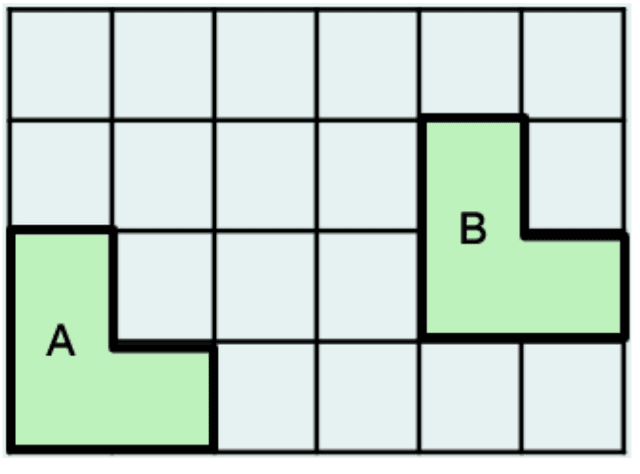Myths about teaching can hold you back
- Year 4
Move objects including polygons on a grid according to directions and mark the new position
I can move objects including polygons on a grid according to directions and mark the new position.
- Year 4
Move objects including polygons on a grid according to directions and mark the new position
I can move objects including polygons on a grid according to directions and mark the new position.
These resources were made for remote use during the pandemic, not classroom teaching.
Switch to our new teaching resources now - designed by teachers and leading subject experts, and tested in classrooms.
Lesson details
Key learning points
- Objects covering more than one position on a grid can be moved by giving directions.
- A shape can be moved to a new position on a grid according to the directions.
- If a shape has moved, you can describe the move using left, right, up, down and the number of squares moved.
Keywords
Polygon - A polygon is a 2D shape made up of three or more straight lines.
Common misconception
Pupils may miscount the squares when moving the shape, leading to inaccurate placement.
Encourage students to carefully count squares from the current position of each vertex and ensure consistency in their counting across the entire shape. Practice counting out loud as a class or in pairs. Relate it to counting on using a number line.
To help you plan your year 4 maths lesson on: Move objects including polygons on a grid according to directions and mark the new position, download all teaching resources for free and adapt to suit your pupils' needs...
To help you plan your year 4 maths lesson on: Move objects including polygons on a grid according to directions and mark the new position, download all teaching resources for free and adapt to suit your pupils' needs.
The starter quiz will activate and check your pupils' prior knowledge, with versions available both with and without answers in PDF format.
We use learning cycles to break down learning into key concepts or ideas linked to the learning outcome. Each learning cycle features explanations with checks for understanding and practice tasks with feedback. All of this is found in our slide decks, ready for you to download and edit. The practice tasks are also available as printable worksheets and some lessons have additional materials with extra material you might need for teaching the lesson.
The assessment exit quiz will test your pupils' understanding of the key learning points.
Our video is a tool for planning, showing how other teachers might teach the lesson, offering helpful tips, modelled explanations and inspiration for your own delivery in the classroom. Plus, you can set it as homework or revision for pupils and keep their learning on track by sharing an online pupil version of this lesson.
Explore more key stage 2 maths lessons from the Coordinates unit, dive into the full primary maths curriculum, or learn more about lesson planning.

Licence
Prior knowledge starter quiz
6 Questions
Q1.True or false? A polygon is a 2D shape made up of three or more straight lines.
Q2.Select the polygon.
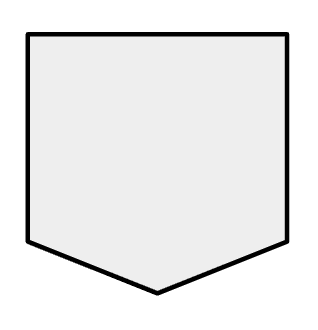
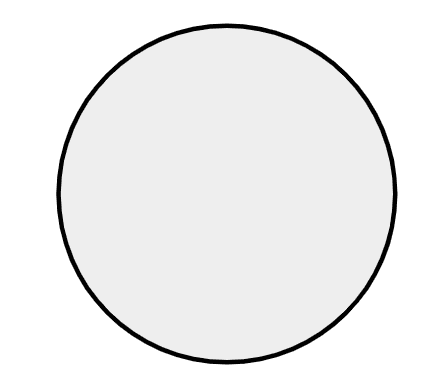
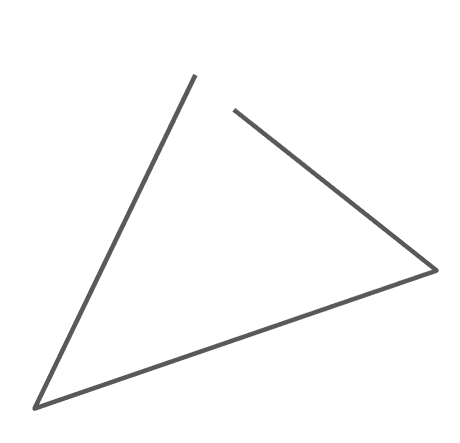
Q3.Which of these is the correct instruction to move the unicorn to the star?
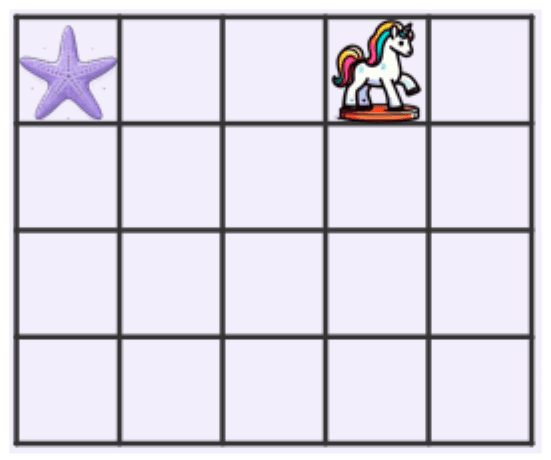
Q4.Give Dot directions to get to the apple without hitting the blue box.
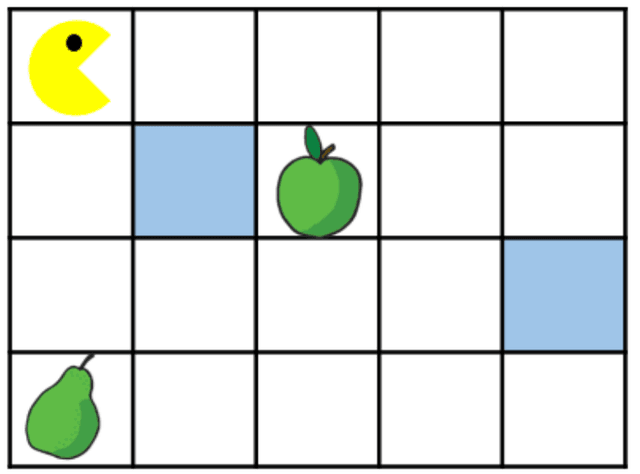
Q5.Which of these statements describe the movement of the counter from A to B?
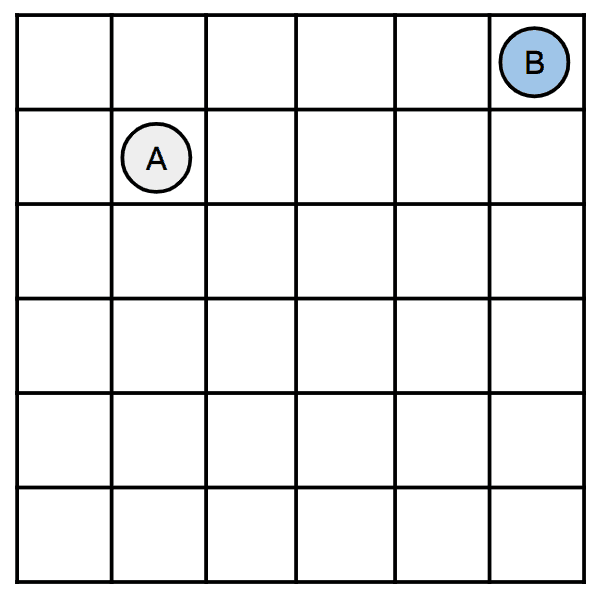
Q6.Jacob says that ‘A has moved 2 squares left and 2 squares up.’ Is he correct?
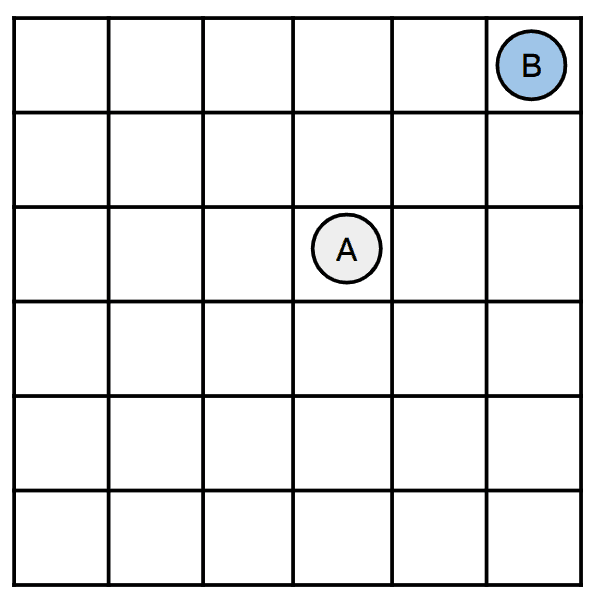
Assessment exit quiz
6 Questions
Q1.Sofia gives directions to translate polygon A to B. She says, ‘Translate A 3 squares down’. Is she correct?
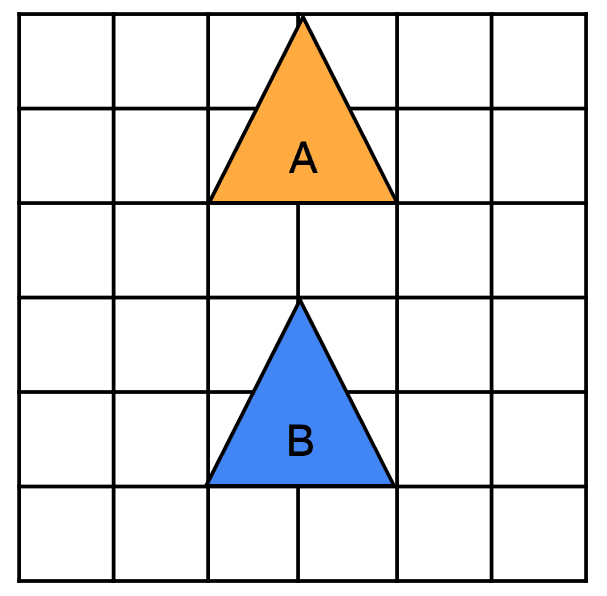
Q2.Jacob gives directions to translate polygon A to B. He says, ‘Translate A 6 squares down.’ Is he correct?
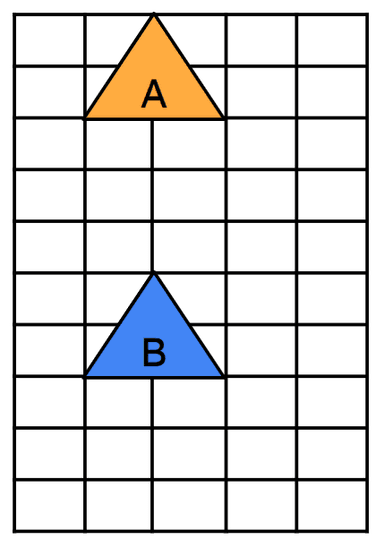
Q3.Jacob gives directions to translate polygon A to B. He says, ‘3 places right, 4 down.’ Is he correct?
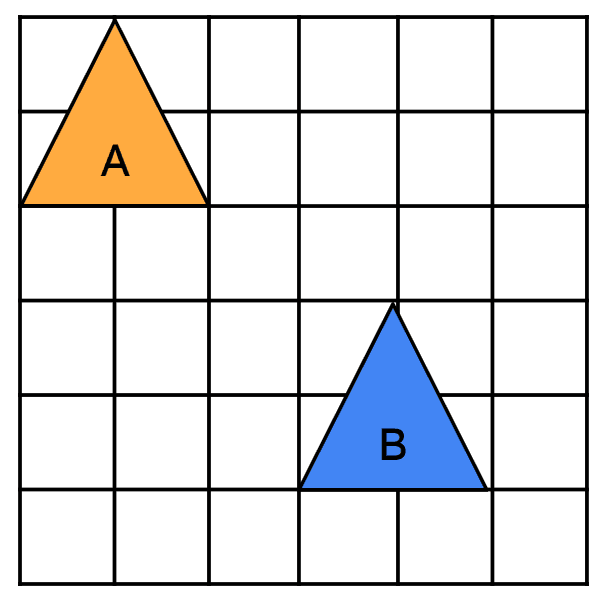
Q4.Complete the sentence to describe the translation from A to B.
squares right.
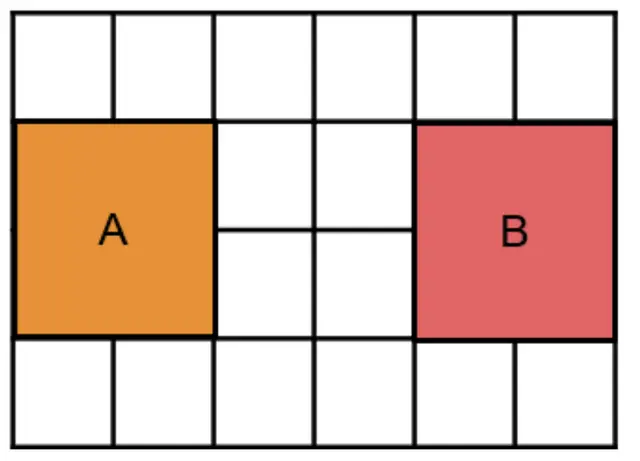
Q5.Which of these correctly describes the translation from A to B?
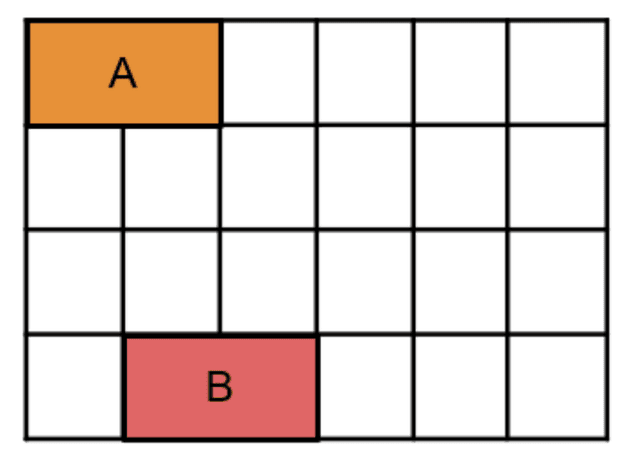
Q6.Sofia translated the polygon from A to B. What directions will translate the polygon back to its original position?
